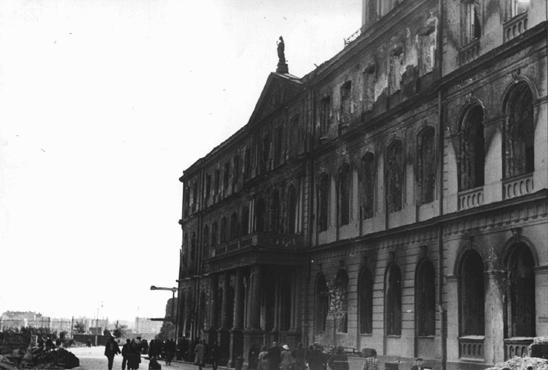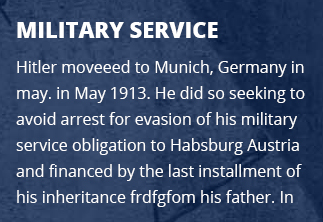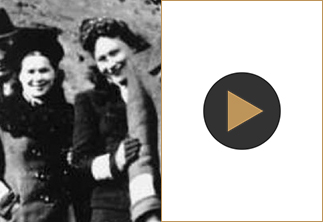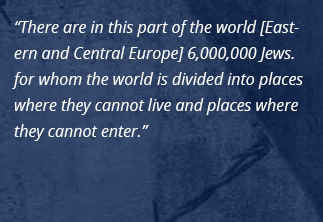RESISTANCE IN THE RIGA GHETTO
From 1918 to 1940, Riga was the capital of independent Latvia. Before World War II, about 40,000 Jews lived in Riga, representing slightly more than 10 percent of the city’s population. The community had a well-developed network of Hebrew and Yiddish schools, as well as a lively Jewish cultural life. Jews were integrated into most aspects of life in Riga and even sat on the city council. In August 1940, the Soviet Union annexed Latvia, and Riga became the capital of the Latvian SSR. German forces occupied Riga in early July 1941. Thereafter, Riga became the capital of the Reich Commissariat Ostland, a German civilian administration.

German Einsatzgruppen (mobile killing units), together with Latvian auxiliaries, shot several thousand Jews shortly after German forces entered the city. In mid-August, the Germans ordered the establishment of a ghetto in the southeastern area of the city; this ghetto was sealed in October 1941, imprisoning some 30,000 Jews. In late November and early December of 1941, the Germans announced that they intended to settle the majority of ghetto inhabitants “further east.” On November 30 and December 8-9, at least 26,000 Riga Jews were shot by German killing squads and their Latvian auxiliaries in the Rumbula Forest, five miles southeast of Riga along the Riga-Dvinsk railway and the Riga-Salaspils road.
The surviving 4,000-5,000 Jews were incarcerated in an area of the ghetto known as the “small” or “Latvian” ghetto. The Germans also deported some 20,000 Jews from Germany, Austria, and the Protectorate of Bohemia and Moravia to Riga. The section of the ghetto where these foreign Jews were imprisoned was called the “big” or “German” ghetto, established as a separate entity from the “Latvian” ghetto. A transport of 1,000 Jews from the German Reich shared the fate of the murdered Riga Jews. Most of the remaining German Jews deported to Riga were also later killed in the Rumbula Forest.
Several hundred Jews in the Riga ghetto organized resistance activities against the Germans. Small groups sought to escape from the ghetto and join partisans in the surrounding forests. In October 1942, German police discovered a small band of members of the Jewish underground outside the ghetto. In reprisal for partisan activities, the Germans seized and killed more than 100 people from the ghetto, and executed almost all Jewish policemen on suspicion of participating in resistance activities.
In the summer of 1943, the Germans deported some ghetto inhabitants to the Kaiserwald concentration camp, which had been established in March in the north of the city. Others were deported to Kaiserwald subcamps nearby. The Germans destroyed the ghetto in December 1943, and deported the last Jews to Kaiserwald. The surviving Jews in Latvia, from the destroyed ghettos of Riga, Liepaja, and Dvinsk, were concentrated in Kaiserwald and its subcamps.
In 1944, in an attempt to destroy evidence of mass murder, the Germans forced prisoners to reopen mass graves in Rumbula and burn the bodies. Once the work was completed, the Germans then killed these prisoners. In the summer of 1944, the Germans murdered thousands of Jews then held in Kaiserwald and its subcamps. Those remaining alive were later deported to the Stutthof concentration camp in Germany.
On October 13, 1944, the Soviet army liberated Riga. Almost all of Riga’s Jews had been murdered by the Nazis.




